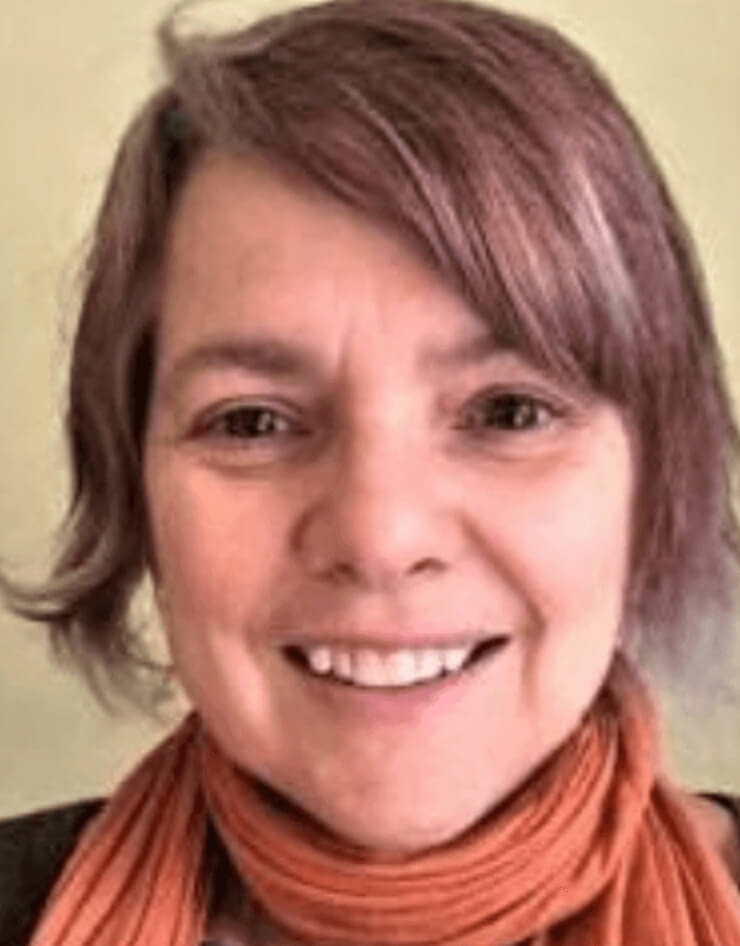What is O&M?
Orientation and mobility, commonly known as O&M, began as a profession post World War II when an unprecedented number of young soldiers returned to the United States blinded from war injuries. This led to the establishment of rehabilitation programs centered around blindness. It was in the context of these programs that the techniques of orientation and mobility, including the development of the long cane as a mobility aid, came about.
Orientation
Orientation means knowing your position in space, in relation to other objects, people and places. We also need to keep track of how those positions and relationships change as we move through our environment. Within the profession of O&M, we usually think about orientation in the context of three basic questions:
- Where am I?
- Where am I going?
- How am I going to get there?
Mobility
Mobility can be simply defined as the physical act of moving safely and efficiently from one place to another.
For people who have low vision or blindness, skills and proficiency in both orientation AND mobility are required in order to become efficient independent travelers.
Orientation Skills
One of the main skills involved in orientation is the ability to identify and use sensory and environmental landmarks, cues, and orientation points. This involves a number of cognitive processes including:
- Concept development
- Understanding the body and its position in space
- Directionality (e.g. left & right)
- Distance (how far do I need to travel to get to my destination?)
- Spatial concepts
- Environmental concepts
- Systematic search techniques.
- Problem solving skills.
- Decision making.
- Knowledge of indoor and outdoor numbering systems.
- Measurement and compass directions.
- Using a range of maps (visual, tactile, audio).
- Development of self-familiarization skills and strategies.
- Use of technology such as GPS.
How these skills are developed can depend upon factors such as:
- How much functional vision does a person have and how efficiently are they using it?
- Is vision loss congenital or acquired? For children with congenital vision loss, concept development is critical as many concepts are learnt through observation and vision.
- What environments is the person travelling in?
Mobility Skills
Mobility skills include:
- Safe use of functional vision whilst travelling.
- Guiding skills (travelling safely with another person as a guide).
- Body protection techniques.
- Establishing your position in the environment - for example, maintaining a straight line of travel, crossing open space.
- Mobility aid techniques, which includes the use of long canes or dog guides if applicable.
- Using a low vision aid such as a monocular for O&M purposes (reading street signs, locating bus numbers etc.)
- Use of public transport, taxis, Uber.
Whilst many people think of O&M as being centered around teaching someone to use a long cane, O&M programs do not always involve mobility aids and may focus on teaching the individual to use their functional vision effectively whilst moving through space.
O&M Specialists can also conduct basic environmental assessments and recommend adjustments such as the painting of step edges or the installation of tactile ground surface indicators (TGSIs).
- How early does O&M training begin?Show lessShow more
For children with congenital vision loss, O&M intervention begins as early as possible. An O&M Specialist working in the early childhood space will support parents and families to implement concept development and foundational O&M skills within the context of daily family routines.
Important times to think about O&M intervention for children include transition times between home and early education, moving into primary and high school, and beyond.
For adults, O&M might be important following a diagnosis of vision loss, or when transitioning to a new study or work environment. Common difficulties that an O&M Specialist can help with are:
- Difficulties identifying step edges, kerbs and changes in surfaces.
- Coping with glare.
- Travelling through crowded environments such as shopping centres or the central business district.
- Developing confidence in travelling independently with low vision or blindness.
- Learning a new area such as a university campus or a place of employment.
As every person is different, O&M programs are always developed in collaboration with the individual and their family.
- What training do O&M Specialists have?Show lessShow more
O&M Specialists in Australia are tertiary trained from a variety of backgrounds including allied health and education, and have generally completed post graduate training in O&M. This varies from Graduate Certificate to Masters level training. In Australia, O&M Specialists can register with the professional body, the Orientation & Mobility Association of Australasia (OMAA) to become a Registered Orientation & Mobility Specialist (ROMSA).
An OMAA Registered O&M specialist has:
- completed comprehensive O&M qualifications;
- demonstrated professional competence in the workplace; and
- passed the international exam for Certified O&M Specialists (COMS).
then stays up to date with developments in the field by:
- maintaining OMAA membership; and
- undertaking professional development activities (100 points) towards recertification every five years.
(Source: https://www.omaaustralasia.com/register/)
- How do I find an O&M Specialist?Show lessShow more
O&M Specialists are employed by agencies such as Vision Australia and the Guide Dogs Associations in each State. An increasing amount of O&M Specialists now also work independently. O&M services can be funded through the NDIS where applicable.
It is recommended you locate an O&M Specialist via the OMAA website: www.omaaustralasia.com
